southern African lament
one wild sound
stuffed in a box
ringed with bars
wailing into the dark
seeing no way out
protesting anyway
pacing for change
waiting for dawn
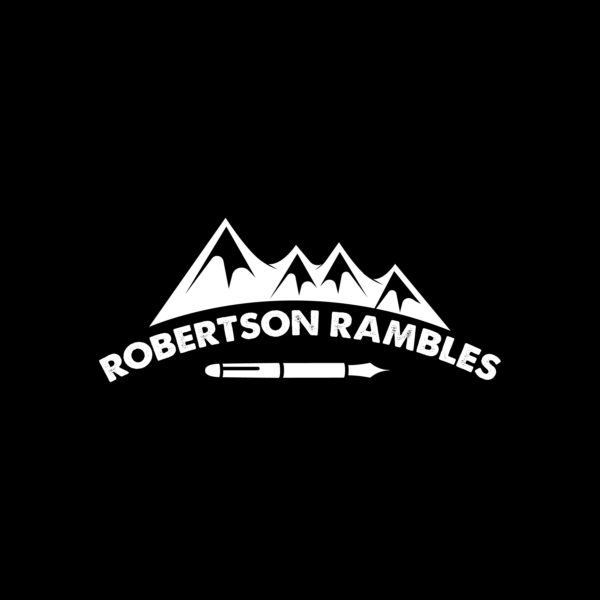
southern African lament
one wild sound
stuffed in a box
ringed with bars
wailing into the dark
seeing no way out
protesting anyway
pacing for change
waiting for dawn
on not knowing the news: Zimbabwe
the second time
the friendly security guard said
we want you to be happy
we love tourists
I thought
something’s gone wrong
on the way home
in the strip mall courtyard
I peered at the pile of papers
90 arrested at MDC rally
when the librarian stayed silent
when we walked in
I could feel it:
that 2008 wind
nothing has changed
except the store shelves
are still full
for now
As many of you know, we are now in Africa! Currently we are in Victoria Falls, Zimbabwe, after doing a 12 day safari in Botswana with our guide Kabelo. As we are in Africa, I have seen over a hundred new species of birds and taken many photos of them (and a couple of the more interesting mammals). Because of this, today’s post may be a bit long. However, I think you will enjoy it! (Due to the large number of photos I would like to post I will be posting four installments, each with 21 photos. Because of this, the photos in this post are from August 3rd to the 5th, our first two days of the Botswana safari).
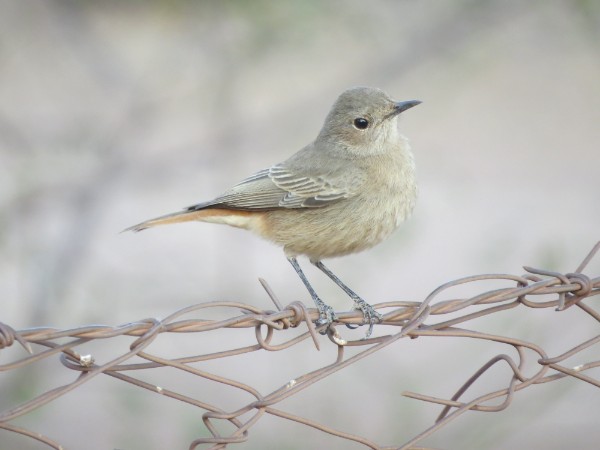

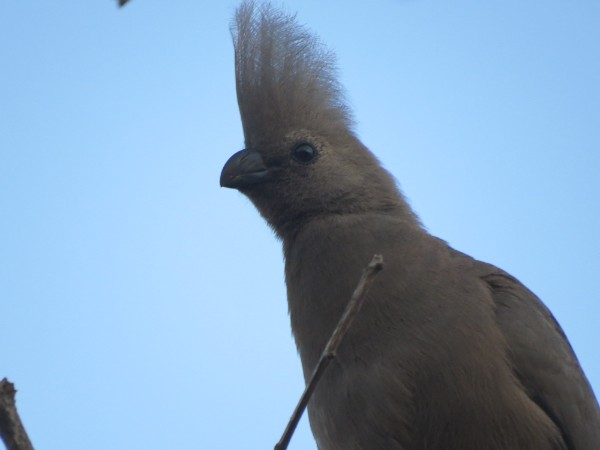
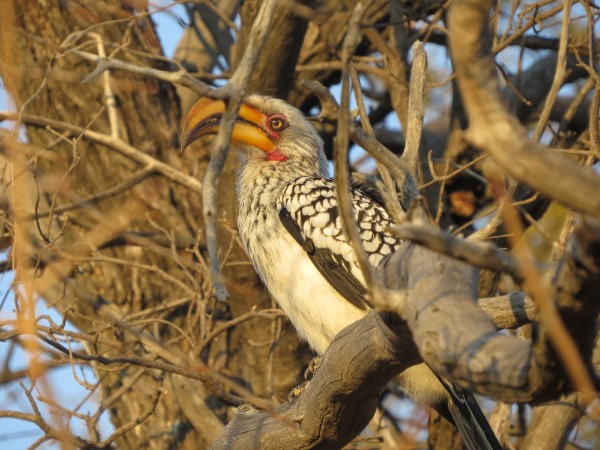
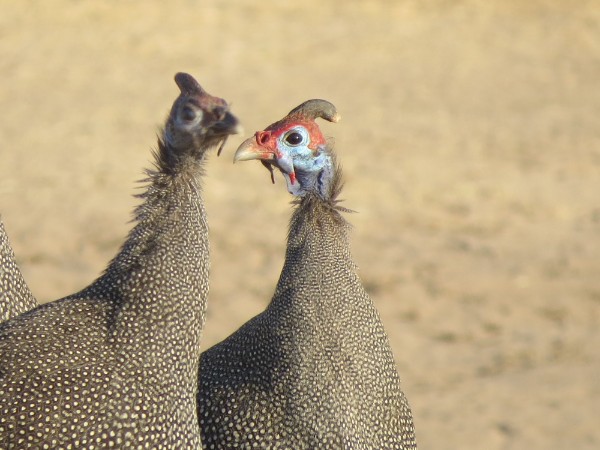



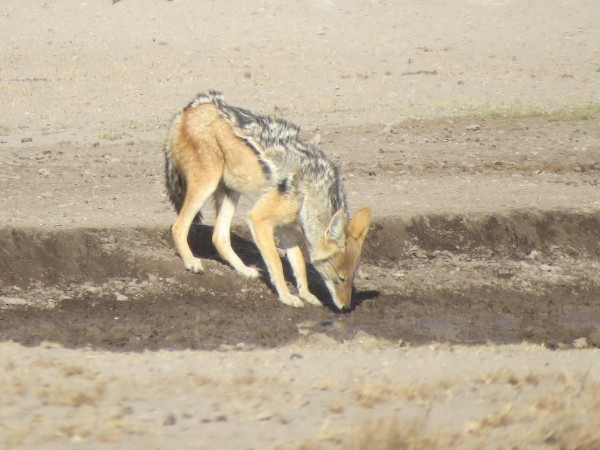

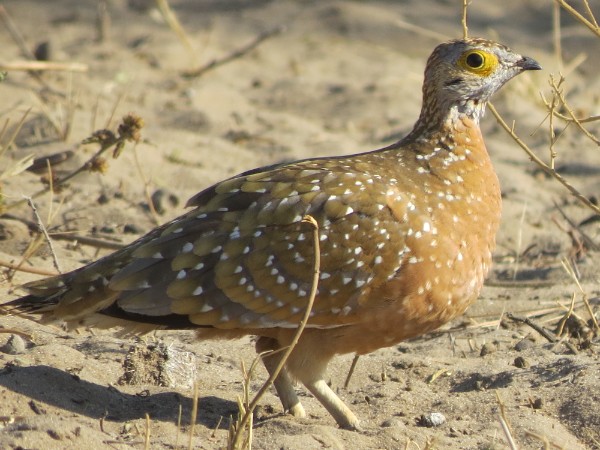
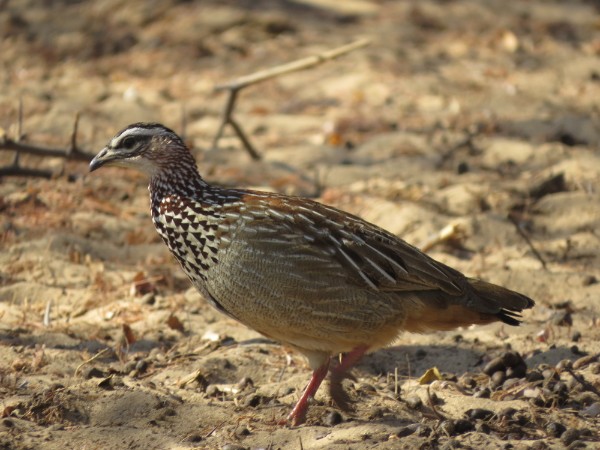
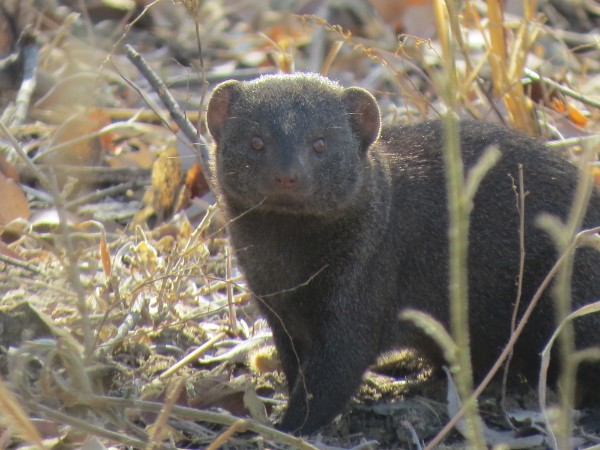

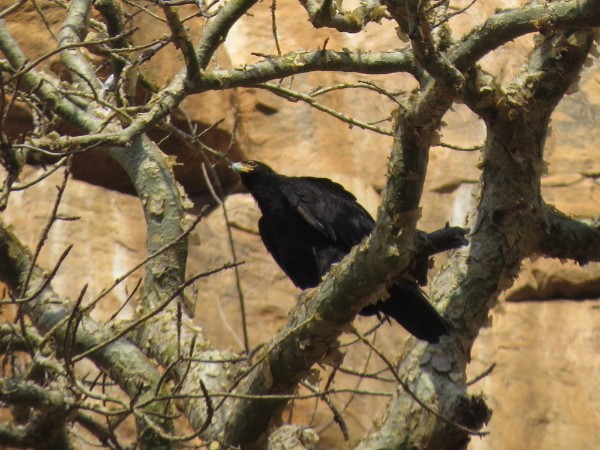
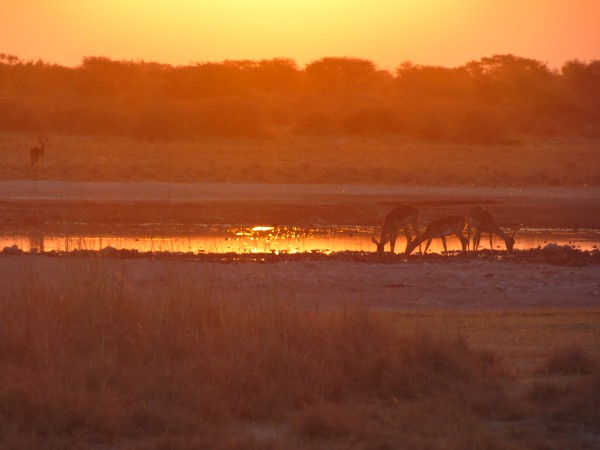

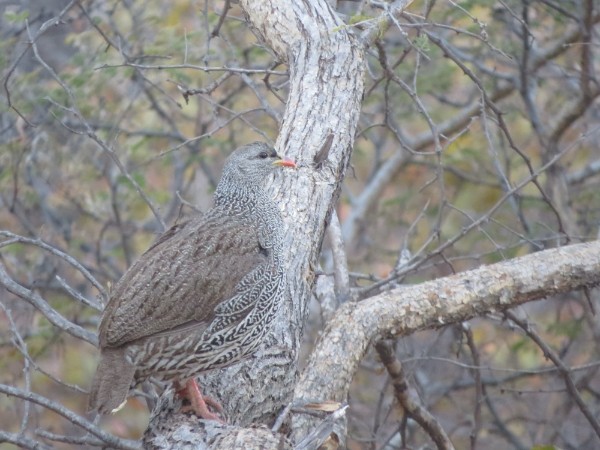
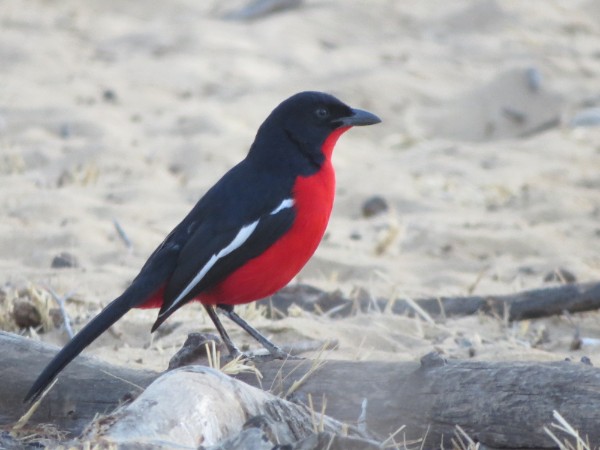
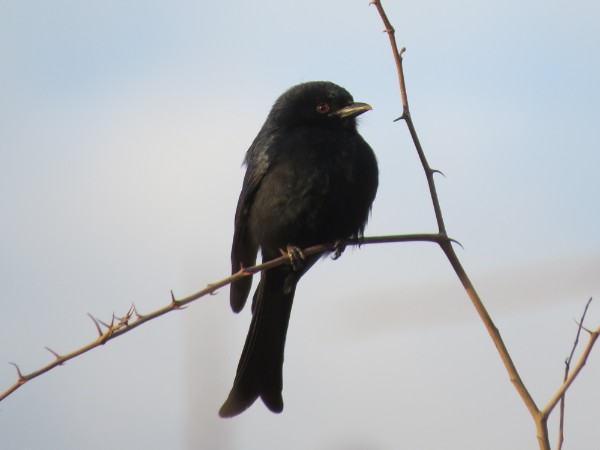


















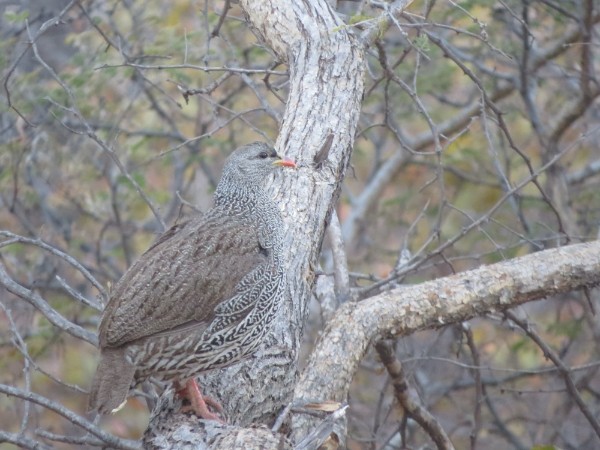



On Edge at Mosi-oa-Tunya
What more could there be?
patience
and
peace
feline gumshoe after hours
Detective Meow
furrows his brow
so many cases to solve
like the Case of the Missing (not missing) Tea
or the Missing (not missing) Waitress
he puzzles each out
with a suave swipe of the paw
and twitch of black & grey tail
in an instant
he’s balancing on a sofa arm
or strutting across the stage
making life decidedly sillier
even if the perp goes free
when the long day is logged
and he’s off for the night
he cleans his whiskers
and favors luau:
rustle of grass skirts
scent of a lei
taste of Mai Tai
and the warm glow
of tiny tiki torches
warthogs on the lawn
to be English in Africa:
beating back the bush
sipping tea and quinine
keeping your garments bleached white
despite red clay and grey dust
serving Her Majesty
a world away
stripping another tribe’s land
to twist the sinews of war
admiring the steel span view
(naturally, not the falls)
all while determinedly peering past
the warthogs on the lawn
Moonbow, Victoria Falls
your eyes make the best cameras
the guide says
somewhat apologetically
he knows how it will go –
a swarm of eager people
staring at the black faces of their phones
blinding each other with impotent blasts of flash
fiddling with ineffective light setting sliders
while chiding the machines in their palms
how can you not see that?
aimlessly pointing at one torrent then the next –
maybe this one is white enough
or maybe an unseeing video would
do at least the sound justice
(played back later,
it is the epitome of white noise)
oh, my awestruck misguided friends
(including me, with my eleven photos
of a seeming void)
if ever there were a time for poetry
the moment’s at hand
dark shaggy forest
moon cooling from ember-orange to frozen white
whisper that turns to deluge
mist alternately brushing your forehead with feather kisses
or spraying your crown with spittle
the pale white arc
so much smoother than all the noisy jets
curving like Diana’s bow
leading your eye straight into
the frothing maw
then dancing ahead next time you watch your step
and that’s just overlook No. 1
of 7 we’ll be traipsing through tonight
breathing in frangipani
turning a misty colonial memory
into treasure the Copperbelt can’t melt